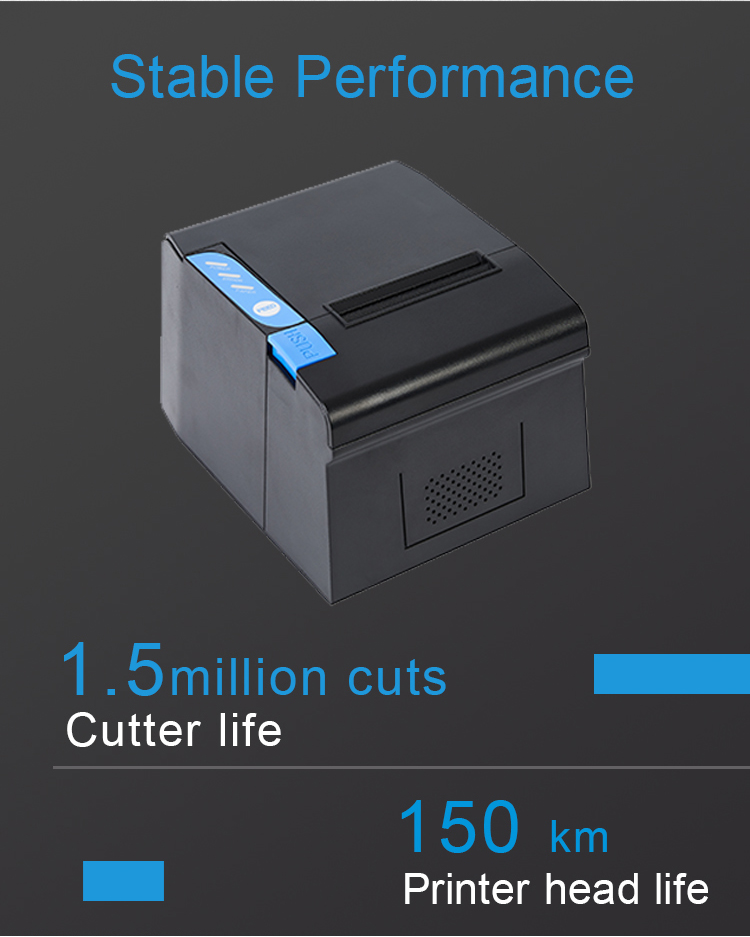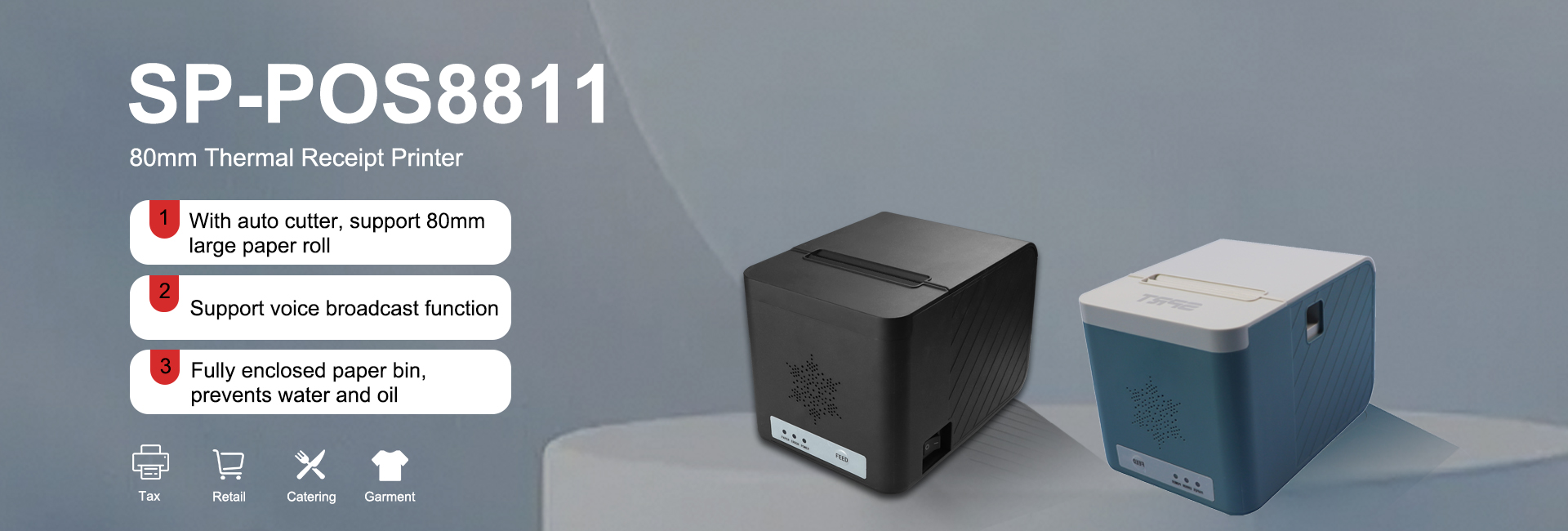What Is the Difference Between Direct Thermal and Thermal Transfer Printing
What Is the Difference Between Direct Thermal and Thermal Transfer Printing
Direct thermal and thermal transfer printing are two popular printing methods used in various industries. While both methods use heat to create images or text on labels, there are key differences between the two techniques. In this blog post, we will explore the differences between direct thermal and thermal transfer printing.
Direct thermal printing uses heat-sensitive paper that darkens when it comes into contact with heat. The printer has a print head that heats up and comes into direct contact with the paper, causing the image or text to be transferred onto the paper. Direct thermal printing does not require any ink or ribbon, making it a cost-effective and convenient printing method. This method is commonly used for printing receipts, shipping labels, and other short-term labeling applications.
On the other hand, thermal transfer printing uses a ribbon that is melted onto the label material, transferring the image or text onto the label. The print head in a thermal transfer printer does not come into direct contact with the label material, as it does in direct thermal printing. This method allows for more durable and long-lasting labels, as the image or text is protected by the ribbon. Thermal transfer printing is commonly used for product labeling, industrial applications, and barcode printing.
One key difference between direct thermal and thermal transfer printing is the durability of the labels. Direct thermal labels are more susceptible to fading and smudging over time, as they are not protected by a ribbon like thermal transfer labels. Thermal transfer labels, on the other hand, are more resistant to water, chemicals, and other environmental factors, making them ideal for applications where durability is critical.
Another difference between the two printing methods is the cost. Direct thermal printing is generally more cost-effective than thermal transfer printing, as it does not require any ink or ribbon. However, thermal transfer printing may be more cost-effective in the long run for applications that require durable labels that will last for an extended period of time.
In conclusion, direct thermal and thermal transfer printing are two popular printing methods that use heat to create images or text on labels. While direct thermal printing is more cost-effective and convenient for short-term labeling applications, thermal transfer printing is more durable and long-lasting, making it ideal for product labeling and industrial applications. The choice between the two methods ultimately depends on the specific requirements of the printing application.


 Send Email
Send Email Skype
Skype whatsapp
whatsapp 8613971159810
8613971159810



